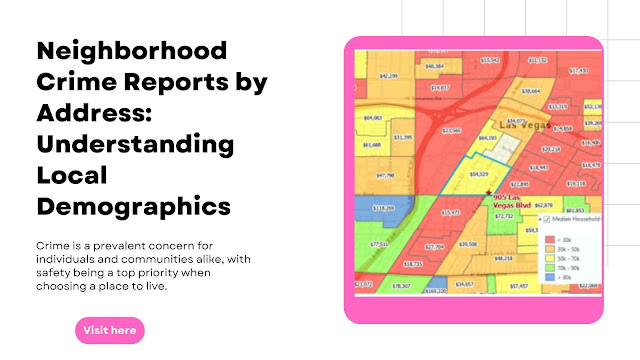Unveiling the Power of Population Demographic Reports
Population demographics provide insights into a society's composition, characteristics, and trends by analyzing factors like age, gender, race, education, and income.
This blog aims to explore the significance of population demographic reports, explore their applications, and highlight their role in shaping policies and decision-making processes. Let's embark on this journey to unravel the power of population demographic reports.
Understanding Population Demographics
Population demographics refers to the statistical data that provides a comprehensive overview of the characteristics of a population. This includes factors such as age distribution, gender ratios, ethnic diversity, educational attainment, and economic indicators. By analyzing these data points, researchers, policymakers, and businesses can gain a deeper understanding of the composition, trends, and needs of a population.
Applications of Population Demographic Reports
Policy Development: Population demographic reports play a vital role in informing policy development and implementation. Governments and policymakers rely on these reports to address social, economic, and healthcare challenges. For example, data indicating an aging population can help governments plan for retirement and healthcare services, while information on educational attainment can guide the development of educational policies.
Market Research: Businesses utilize population demographic reports to identify target markets and consumer segments. Understanding the age, income, and cultural makeup of a population enables companies to tailor their marketing strategies to specific demographics. By analyzing demographic data, businesses can anticipate market trends, identify emerging consumer needs, and make informed business decisions.
Resource Allocation: Population demographic reports aid in the allocation of public resources. Governments utilize this data to distribute funds for infrastructure development, healthcare facilities, schools, and other essential services. Accurate demographic Information ensures that resources are allocated fairly and efficiently, meeting the needs of diverse populations.
Social Services Planning: Non-profit organizations and social service providers rely on population demographic reports to identify areas of need and target their services accordingly. By understanding demographic trends, organizations can allocate resources to address issues such as poverty, homelessness, or healthcare disparities within specific communities.
Urban Planning: Urban planners utilize population demographic reports to design and develop cities that meet the needs of their residents. By analyzing data on population density, age distribution, and income levels, planners can make informed decisions regarding housing, transportation, and public amenities. This helps create inclusive and sustainable urban environments.
The Power of Data-driven Decision Making
Population demographic reports empower decision-makers with objective data, enabling them to make informed choices. Rather than relying on assumptions or anecdotal evidence, these reports provide accurate and up-to-date information about the population. This data-driven decision-making approach ensures that policies, strategies, and investments are aligned with the actual needs and aspirations of the people.
Challenges and Considerations
While population demographic reports offer invaluable insights, it is essential to consider certain challenges and limitations associated with their use. Data accuracy and representativeness are critical factors. Inaccurate or incomplete data can lead to flawed conclusions and misguided policies. Ensuring data privacy and protecting sensitive information is another important aspect when handling demographic data.
Conclusion
Population demographics report serve as powerful tools for understanding the composition, characteristics, and trends of a population. With their wide range of applications, these reports play a crucial role in policy development, market research, resource allocation, social service planning, and urban development. By relying on accurate and up-to-date demographic data, decision-makers can make informed choices that cater to the needs of diverse populations. As we move forward, it is crucial to recognize the power of population demographic reports and utilize them effectively to shape a better future for all.




Comments
Post a Comment